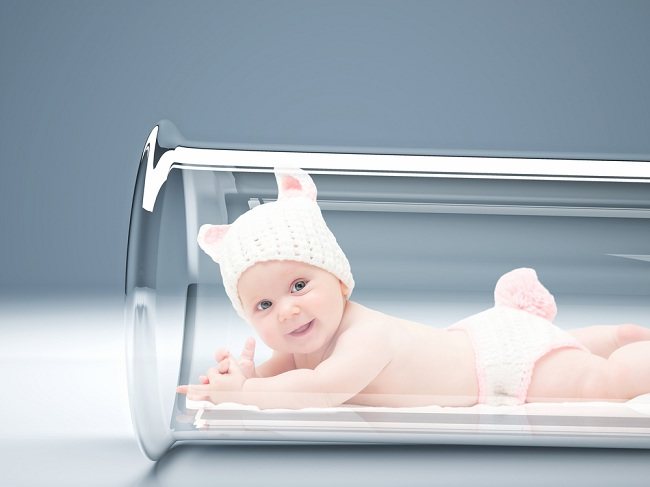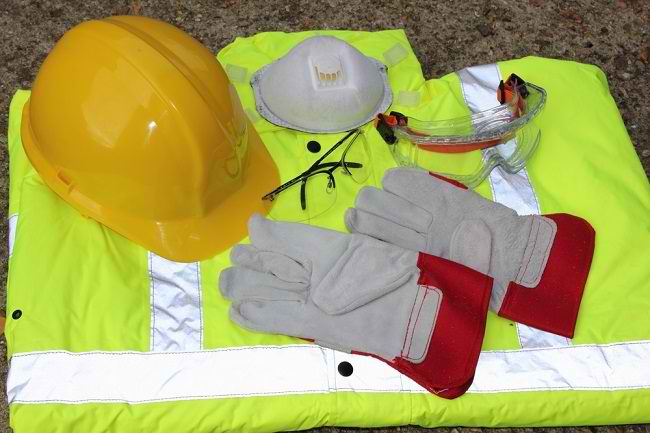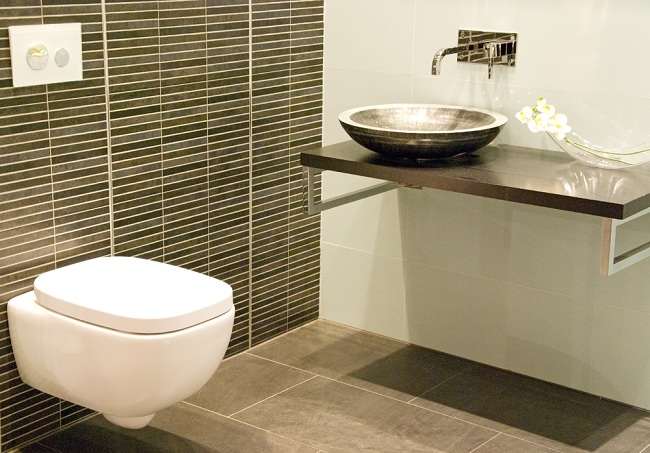Swimming is probably one of the most popular activities for children. Even though it's fun, Mom and Dad must always be vigilant in accompanying your little one to swim, so that he can enjoy this activity safely.
Swimming is beneficial for and supports children's growth. However, when swimming children are more at risk of injury from slipping or drowning. Therefore, Mom and Dad need to pay attention to several things related to the safety of swimming with your little one.

Things to Pay Attention to When Swimming with Children
The first thing parents need to do is ensure the safety of the swimming pool. Check if there is a supervisor around the pool (life guard), because they are generally equipped with equipment to provide assistance in the event of an accident in the water.
Then, pay attention to the depth of the pool. Make sure the swimming pool where your little one swims has a safe depth for children.
In addition, there are several other tips that parents can do, so that their children can swim safely and comfortably, namely:
1. Always accompany the child
Make sure Mom and Dad are always around the Little One, yes. Even if there is a pool supervisor, never leave a child swimming alone.
If your little one is under 4 years old, make sure Mom and Dad always hold their arms while swimming. This needs to be done, even if he is already quite good at swimming.
2. Make sure the child uses a life jacket
Before going down to the swimming pool, parents need to put a float on the child's body to reduce the risk of drowning. The size and type of buoy can also be adjusted according to the child's body size and age. For children under 5 years old, parents can also wear a neck float.
3. Avoid bringing toys into the pool
In order for children to be safe while swimming, parents are advised not to let them bring toys into the pool. It is feared that he might slip or fall when trying to pick up toys. As an alternative, Mom and Dad can put the Little One a buoy with an interesting shape.
4. Learn artificial respiration (CPR) techniques
Parents should also learn the technique of artificial respiration or cardiopulmonary resuscitation (CPR) in anticipation if the child drowns. The artificial respiration technique is useful for providing first aid for a drowning child to regain consciousness and breathe.
To reduce the risk of a child drowning, parents can teach him how to swim correctly from an early age. The goal is for children to be more familiar with the situation in the pool so that they understand how to swim safely.
So, don't worry about taking your little one swimming, okay? Make sure Mom and Dad pay attention to the tips above. If your little one has special health conditions, such as epilepsy, asthma, or congenital heart disease, you should first consult a pediatrician before taking him swimming.









